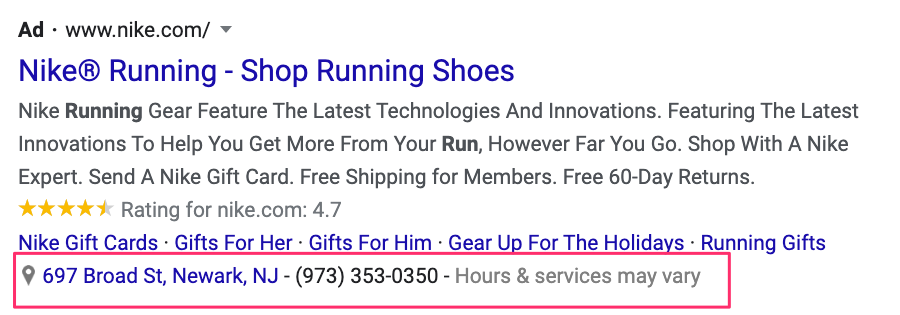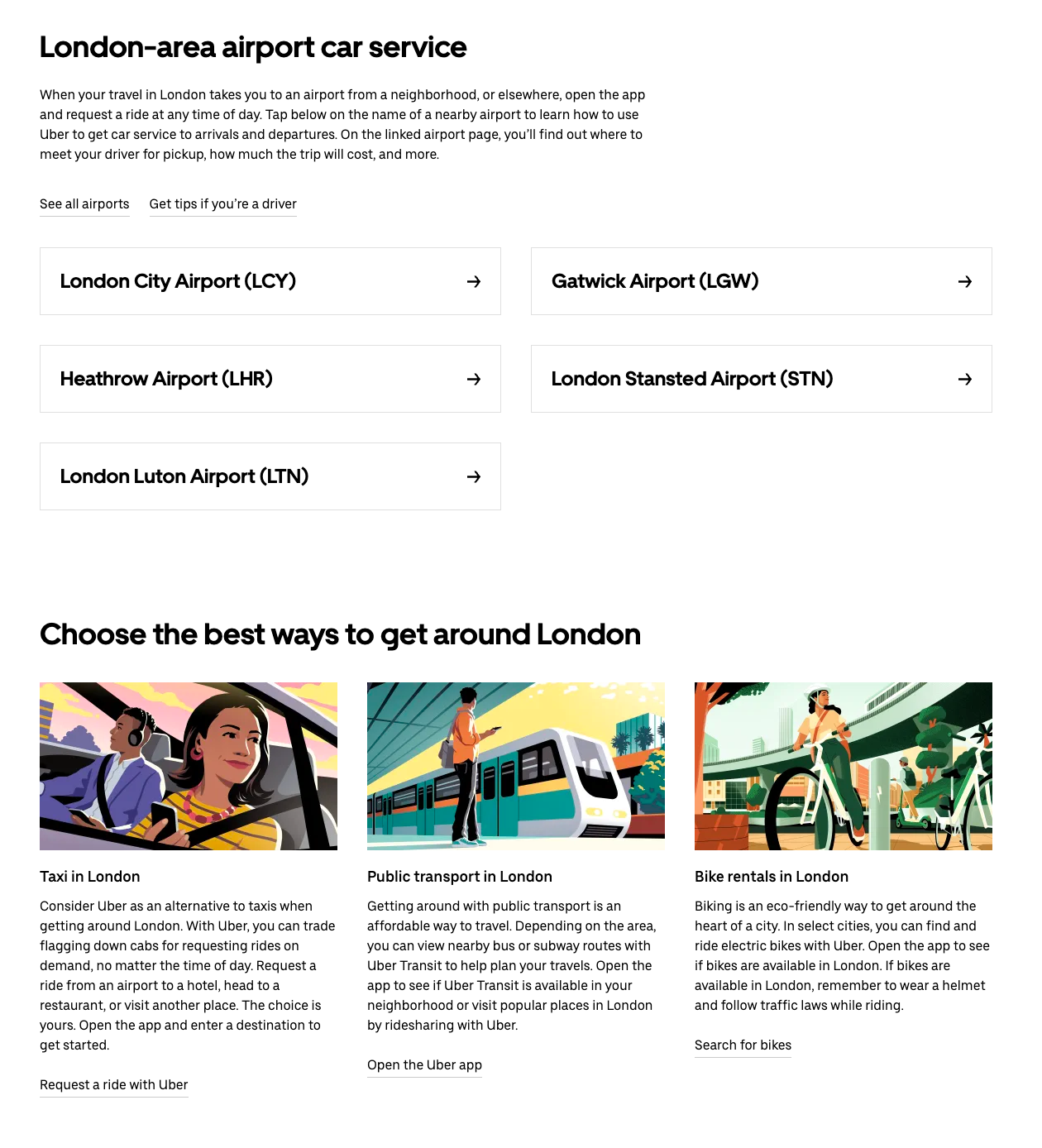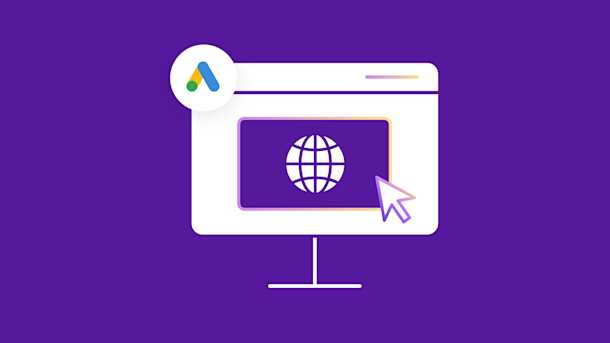Are you running Google Ads in international markets but not seeing great results? It might be because you haven’t localized your ads for your target audience.
The digital landscape today is ever-evolving, so expanding your reach through targeted advertising is more crucial than ever. Google Ads, particularly through marketing localization strategies, offer businesses a powerful tool to connect with potential customers in their native languages.
According to research, 90% of online shoppers admit that ads play a big role in their decision making. This further underscores how nuanced targeting can lead to better engagement and higher sales.
Below, we’ll look at the impact that digital ad localization has on growth and explore best practices for leveraging AdWords localization to maximize your reach and conversion potential.
The role of Google Ads localization in digital growth
Google Ads (rebranded from “AdWords” in 2018) plays a vital role in the demand generation strategies of marketing teams, especially for businesses pursuing global expansion. Localizing keywords can dramatically enhance the effectiveness of Google Ads campaigns in a couple of ways:
- Reducing costs: Localized keywords for global markets typically encounter less competition than typical English keywords, leading to lower advertising expenses.
- Targeting high-intent search opportunities: Tailoring advertising strategies to specific locations and cultural contexts can help you capture high-intent audiences that general English keywords can’t reach.
However, don’t forget that ad localization is not merely about translating keywords. It also involves adapting messaging to align with local customs and cultural nuances. By tailoring your strategy to align with your target markets, you can significantly improve conversion rates and drive revenue growth through Google Ads localization.
Location targeting vs. language targeting
Google Ads features several location-based targeting functions. For example, it allows businesses to target specific geographic locations, ensuring that ads reach the right audience. This is particularly beneficial for local businesses that rely on nearby customers.
Businesses can use Google Ads location targeting to automatically include the name of the city or region in their ad headlines or descriptions. For instance, a pizza chain with restaurants across the US might run ads that say "Best Pizza in Chicago" for users searching from that area, while users in New York see "Best Pizza in New York" instead.
For those aiming to expand internationally, location targeting can be as broad as an entire country or as specific as a city or even a radius around a particular location. A business based in the United States can target users in Germany with its ads if it’s promoting a tourism service that appeals to German travelers.
But is location targeting enough to capture users’ attention? That’s where language targeting becomes useful. Language targeting focuses on users’ language preferences. Marketers can select the languages to display their ads in, ensuring that the content is accessible and understandable to their target audiences.
This creates a much more personalized experience for users, which can lead to higher engagement and conversion rates. Check out this example of language targeting in a French ad from Woodbrass, an online musical instrument marketplace. The ad gives users direct access to the address and contact number of the business, making it easy for the users to engage.
 How Woodbrass uses language targeting in its ads (Source)
How Woodbrass uses language targeting in its ads (Source)
Tips for effective Google Ads localization
Localizing your Google Ads campaigns takes some extra work, but it's worthwhile to get your ads in front of the right people in their native language. Start with these tips:
Understand your target audience
To effectively localize your Google Ads campaigns, begin by understanding the demographics, preferences, and behaviors of your target audience in each location. This includes analyzing local trends, cultural nuances, and language variations that may influence how the audience receives your ads.
Here are step-by-step instructions to conducting market research before you begin localizing your ad campaigns:
- Define your customer demographics (age, gender, income level) and psychographics (interests, behaviors, lifestyle choices) to fine-tune the audiences you want to reach.
- Use tools like Google Keyword Planner to discover the relevant local search terms that your audience is using.
- Study competitor keywords, ad types, and market positioning for insights.
- Use Google Analytics to analyze visitor demographics and behaviors on your website.
Let’s say you want to plan a campaign in Germany and need to research keywords for it. You can follow these steps to find trending keywords in Germany:
- Sign into Google Ads and navigate to Tools > Planning > Keyword Planner
- Select “Discover New Keywords.” This option allows you to find keywords based on terms or websites.
- Enter relevant keywords in English or German that represent your business or service. Alternatively, input a competitor's website to see related keywords.
- Don’t forget to set the language to German and change the location to Germany or specific cities within Germany to get localized keyword suggestions. This is crucial as keyword popularity can vary significantly by region.
- Look at the average monthly searches, competition level, and suggested bid prices for each keyword. This data helps you understand which keywords are trending and their potential effectiveness.
- Filter as per your unique campaign needs.
That’s it! You can now run targeted ad campaigns using these keywords.
Use location insertion
Implement location insertion in your responsive search ads to tailor the ad text based on the user's location. This allows you to dynamically include specific city or region names in your headlines, making your ads more relevant and appealing to local customers. For instance, instead of a generic headline, use “Find Great Deals in {LOCATION(City)}” to directly engage the audience in that area.
Suppose you are running a geo-targeting campaign for a hotel chain that operates in multiple cities in France. You want to create an ad that dynamically inserts the city name based on the user's location and language. Here’s an ad text example:
- Headline 1: "Séjournez dans nos hôtels à {LOCATION(City)}"
- Headline 2: "Super offres sur les hôtels près de chez vous"
- Headline 3: "Réservez votre séjour à {LOCATION(City)} dès aujourd'hui!"
In this example, if a user in Paris searches for hotels, the ad will display like this:
- Headline 1 : "Séjournez dans nos hôtels à Paris"
- Headline 2 : "Super offres sur les hôtels près de chez vous"
- Headline 3 : "Réservez votre séjour à Paris dès aujourd'hui!"
Location insertion boosts engagement by allowing you to easily create responsive search ads that dynamically display the city, state or country in the ad text based on the user's location.
Implement ad extensions
Make use of ad extensions, particularly location and call extensions. Location extensions display your business address, while call extensions allow users to directly call your business. A retailer with stores in both Germany and the United States can include a German location for ads targeting German consumers and a New York City location for those targeting customers within the United States. This localization helps potential customers quickly identify the nearest store, increasing the likelihood of foot traffic and conversions.
When users see a location extension, they can click on the address to view it on Google Maps, which provides directions and distance information. This is especially useful for customers who may be looking to make an immediate purchase.
Leveraging ad extensions in addition to translations impacts your conversion rates by making instant connections with the audience and providing essential information that enables quick, convenient decision-making. Here’s an example of how Nike leverages location-based ad extensions to connect users to its nearby store in New Jersey:
 How Nike uses location-based ad extensions (Source)
How Nike uses location-based ad extensions (Source)
Optimize keywords for local relevance
Just like in search engine optimization, keyword research and optimization for local relevance are crucial when launching international pay-per-click (PPC) campaigns in another language. Localizing your content and incorporating local keywords into your ad campaigns ensures that your ads are visible to the right audience and that your messaging resonates with them. The Google Keyword Planner tool can help you identify high-volume, locally relevant terms in your target language.
Here are a couple of examples of how you can optimize translated ads for local relevance:
- For a campaign launching in Japan, you could target keywords like "スマートフォン" (smartphone) and "携帯電話" (mobile phone) instead of just "phone." Researching how potential customers refer to the product in their local language is key.
- When running sneaker ads in Spain, use local Spanish keywords like zapatillas (sneakers) rather than just zapatos (shoes)
It’s important to go beyond direct translations and identify the keywords and phrases that your target audience uses most commonly in their local market.
Set up language targeting in Google Ads
Google detects a user’s language by evaluating various signals, including:
- The language of the user's search query on the Google Search Network
- The user's browser language settings
- The language of the web pages the user has recently viewed on the Google Display Network
Language targeting allows for granular targeting of ads to specific language-speaking audiences by letting advertisers choose the language of the sites they want their ads to appear on. Here’s a step-by-step guide to set up language targeting:
- Access your Google Ads account.
- Click on "Campaigns" from the left-hand menu and choose the campaign you want to modify, or create a new one.
- Click on "Campaign settings" for the selected campaign.
- Scroll to the "Languages" section and click the pencil icon to edit.
- Select the languages you want to target by checking the appropriate boxes. You can also exclude specific languages if necessary.
- After making your selections, save your changes.
- Continue creating or editing your ads to align with your selected languages.
That’s it! However, keep in mind that while Google supports 51 languages for ad targeting, the Google Ads interface does not support some languages such as Bengali and Urdu (it supports ad targeting for these languages, though). Google doesn’t approve ads in unsupported languages, so always use a supported language for your ad copy and landing pages.
Create location-specific landing pages
Develop landing pages tailored to the local audience. Doing so not only improves the user experience but also boosts your Quality Score in Google Ads, leading to better ad placements and lower costs.
Location-specific landing pages should reflect local cultures and languages and specific offerings that are relevant to that location. Use this opportunity to highlight local customer testimonials.
For example, Uber optimizes its landing pages for the cities it operates in. Here’s what Uber’s landing page in London looks like, complete with local recommendations and the best ways to get around in London:
 Uber’s landing page in London (Source)
Uber’s landing page in London (Source)
Check out this detailed guide to learn more about translating your web pages effectively.
Monitor ad performance
As with any marketing campaign, keeping an eye on performance is key for making the most of your Google Ads localization efforts. Think of it as checking the pulse of your campaigns to see what’s working and what needs a little tweak. You’ll need to regularly review metrics like:
- Click-through rates: This metric shows the percentage of people who click on an ad after seeing it. You can calculate this by dividing the number of clicks by the number of impressions and multiplying by 100.
- Cost per click (CPC): CPC is the amount an advertiser pays each time a user clicks on a PPC ad, reflecting the cost-effectiveness of the ad campaign.
- Revenue generated: This refers to the total income earned from sales or conversions that attribute to an advertising campaign.
- Return on ad spend: This metric measures the revenue you earn for every dollar spent on advertising. Calculate it by dividing total revenue by total ad spend.
Don’t be afraid to dive into the data. If certain ads are performing better in specific regions, use this data to inform adjustments to your messaging or targeting.
Data-driven insights can help you refine your approach and maximize your reach. Regular monitoring ad performance not only helps you stay on top of your campaigns but also allows you to celebrate your successes along the way.
Test different ad variations
Performance marketers are no strangers to experimentation. Experiment with different ad copy and formats to see what resonates best with your target audience. A/B testing can help you identify which headlines, descriptions, and calls to action (CTAs) are most effective. This iterative approach allows you to refine your ads for better performance over time.
For instance, you might try two headlines—one that emphasizes a special offer and another that highlights product features. This simple tweak can significantly impact your click-through rates. Another example is testing different CTAs. For example, you could compare Compra Ahora (Buy Now) to Descubre Más (Discover More) to determine which prompts more engagement.
Simplify Google Ads localization with Smartling
The key to setting up high-quality localized Google Ads campaigns lies in using the right tools. Smartling makes this process simpler than ever.
With Smartling's translation management system, you can easily manage and automate your translation workflows and make the collaboration between marketers, translators, and other stakeholders easy. This centralized approach streamlines the translation process, allowing you to focus on crafting compelling messaging while we handle the heavy lifting.
Smartling also offers AI-powered translation tools and expert translation services to translate and localize your content. This means adapting your messaging to fit cultural nuances and preferences, making your ads more relatable and effective.
With Smartling’s technology, you can significantly reduce translation costs and time and launch your localized campaigns faster. Smartling equips you with the tools to get the most out of your global campaigns and reach new markets confidently and efficiently.
Want to see Smartling in action? Book a meeting today.








